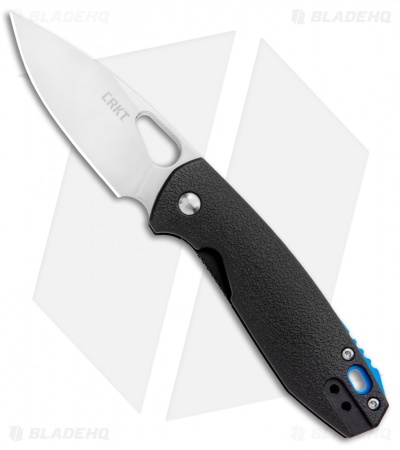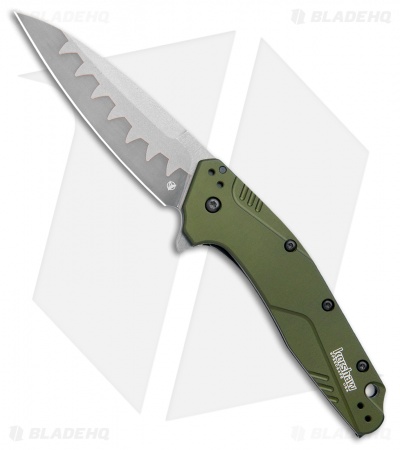- Joined
- Dec 5, 2018
- Messages
- 1,437
Does a drop point become a spear point when it reaches the centerline, or is it still a drop point unless a swedge is ground? Is the Skyline a Spear or Drop point? Is the Native 5 a Spear or Drop point? Is a Mora a clip point or a drop point? Is the Delica a modified Wharncliffe or a modified drop point? The lines are so blurry on modern knives.
I think my favorite general purpose knives are drop/spear points and wharncliffe type variants.
It depends on who's doing the classification. Under a lot of definitions I've seen, a spear point is symmetrical in shape (although might be sharpened on one side only), where a drop point doesn't need to be symmetrical (even if the point is at the centerline). However, some people will call it a spear point even if the blade isn't symmetrical at all.
For example, BladeHQ considers this a spear point (and the Native 5 a drop point):

Generally, a drop point is a convex curve to the tip, while a clip point is straight or concave (toward the center of the blade). The typical Moras are all clip points.
When you start adding "modified" to things, the rules go out the window. A wharncliffe and a sheepsfoot should both have a straight edge from heel to tip; the distinction is where the curve from the spine down to the the edge starts. If you're "modifying" the definition to throw out one of the defining characteristics (e.g. it'd be a wharncliffe if it didn't have a curved edge), doesn't the definition lose its meaning?
To pick on BHQ again, they classify this blade as a wharncliffe.

Except it doesn't have a straight edge, which would typically make it a drop point (like the Delica)
Last edited:
